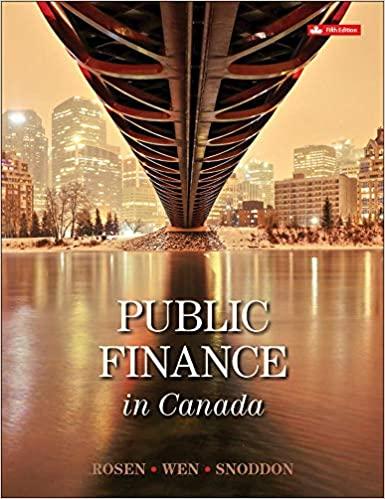Question
A $1,000 par value bond was issued 15 years ago at a 12 percent coupon rate. It currently has 25 years remaining to maturity. Interest
A $1,000 par value bond was issued 15 years ago at a 12 percent coupon rate. It currently has 25 years remaining to maturity. Interest rates on similar obligations are now 10 percent. Assume Ms. Bright bought the bond three years ago when it had a price of $1,025. Further assume Ms. Bright paid 20 percent of the purchase price in cash and borrowed the rest (known as buying on margin). She used the interest payments from the bond to cover the interest costs on the loan.
a. How much of the purchase price of $1,025 did Ms. Bright pay in cash? (Do not round intermediate calculations and round your answer to 2 decimal places.)
b. What is Ms. Brights percentage return on her cash investment? Divide the answer to part b by the answer to part c. (Do not round intermediate calculations. Input your answer as a percent rounded to 2 decimal places.)

Step by Step Solution
There are 3 Steps involved in it
Step: 1

Get Instant Access to Expert-Tailored Solutions
See step-by-step solutions with expert insights and AI powered tools for academic success
Step: 2

Step: 3

Ace Your Homework with AI
Get the answers you need in no time with our AI-driven, step-by-step assistance
Get Started


